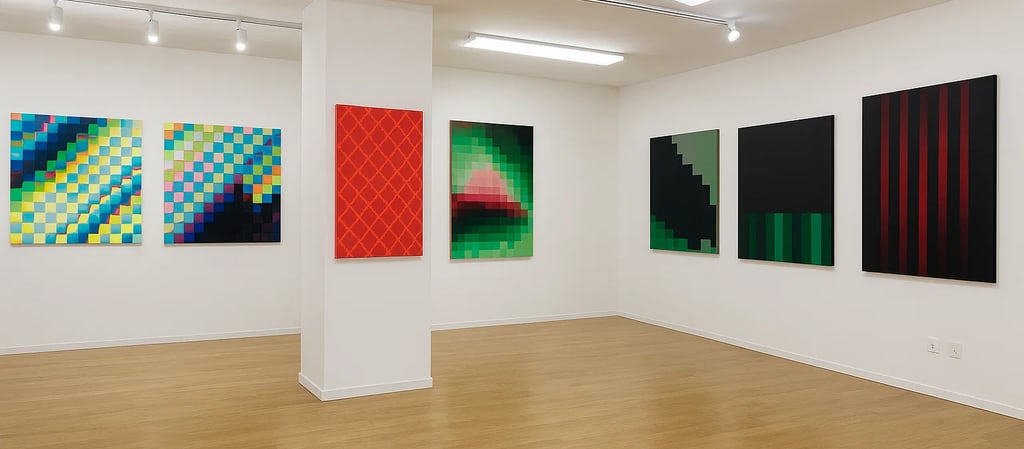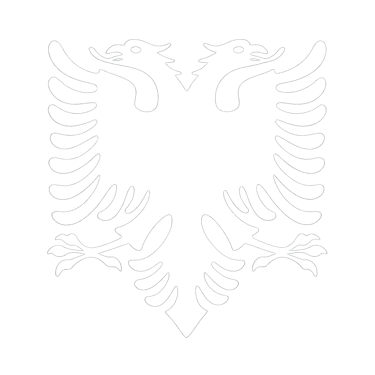ZETA Center for Contemporary Art: Tirana’s Quiet Rebel with a Loud Brushstroke
A laboratory of ideas, a shrine for the new, and Albania’s edgiest space for thinking in color.
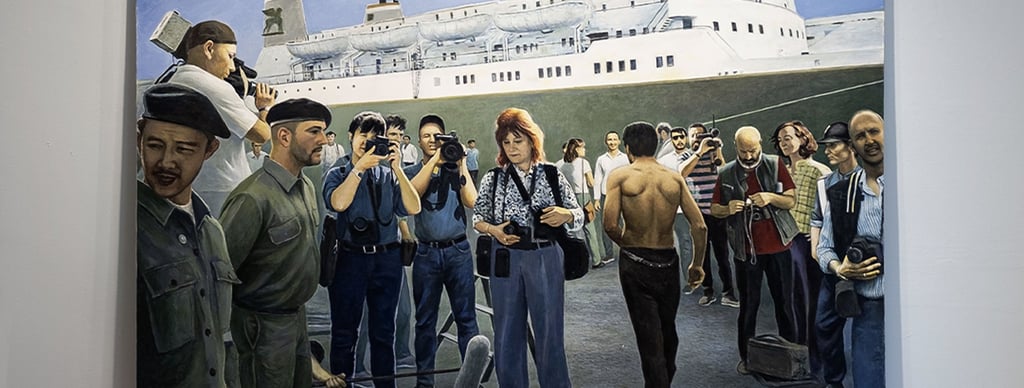

Where the Avant-Garde Found an Albanian Address
Tucked away from the flashier scenes of Tirana’s Blloku nightlife and away from the usual tourist trail of bunkers and Ottoman bridges, lies a space that doesn’t ask for attention—but commands it anyway. This is the ZETA Center for Contemporary Art—or simply ZETA, if you prefer things short and sharp.
Founded in 2007, ZETA doesn’t look like much from the outside. No glass pyramids. No sculptures the size of buses. Just a minimalist entrance on the second floor of a modest building in central Tirana. But step inside, and you’ve left Albania’s capital—and entered its intellectual frontier.
ZETA is not a museum. It is not a gallery in the traditional sense. It is a non-profit contemporary art space with a mission: to champion experimentation, showcase emerging artists, and foster dialogue between the Albanian art scene and the wider world.
If Albania’s museums look backward (and often rightfully so), ZETA looks ahead—to what art might be, what Albania could become, and what conversations still need to be had.
The Vision Behind the Vibe
ZETA was founded by Valentina Koça, an artist and curator with an unshakable belief in the importance of free thought, visual experimentation, and giving younger artists a platform that wasn’t tied to commercial galleries or government exhibitions.
In post-communist Albania, where much of the artistic infrastructure was still playing catch-up, Koça envisioned a space that wasn’t about selling paintings or appeasing tourists. It was about risk. It was about asking questions, not offering answers. It was about giving contemporary Albanian art a room of its own.
Since 2007, ZETA has become that room—a space where artists from Albania and beyond can exhibit, debate, collaborate, and, when necessary, make a mess.
What You’ll Find (Besides a Very Clean Floor)
There is no permanent collection. That’s by design.
Instead, ZETA operates like a rotating platform—a living program of exhibitions, performances, video screenings, installations, artist talks, workshops, and interdisciplinary experiments. Each time you visit, you encounter something new. Something maybe you don’t fully understand yet. And that’s the point.
Some standout formats:
Solo Exhibitions: Often from artists under 40, these are brave, personal explorations of identity, place, trauma, memory, sexuality, and the digital age.
Thematic Group Shows: Curated exhibitions bringing together artists across borders and mediums—video, sculpture, sound, painting, performance—linked by a shared theme or question.
Residencies and Workshops: ZETA regularly hosts residencies for international artists and workshops for emerging talent. It’s not just a place for exhibition; it’s a place of production and growth.
The Ardhje Award: This is ZETA’s flagship project, run in collaboration with the T.I.C.A. (Tirana Institute of Contemporary Art), which recognizes the best young Albanian visual artist under the age of 35. The award has become a rite of passage for the country’s most promising artistic voices.
Practical Information
Address:
ZETA Center for Contemporary Art
Rruga Abdyl Frashëri, Pall. 5/1, Apt. 8 (2nd Floor)
Tirana, Albania
(Just off Blloku, near the former residence of Enver Hoxha—how’s that for irony?)
Opening Hours:
Monday to Friday, 11.00-18.00. Saturday: 11.00-14.00.
Closed on Sundays.
Admission:
Free for everyone
Languages Spoken:
English, Albanian, Italian
Accessibility:
Building is accessible via elevator; gallery space is flat and navigable
For more information check out the official website: https://qendrazeta.com/
Social media: https://www.facebook.com/zeta.galeri
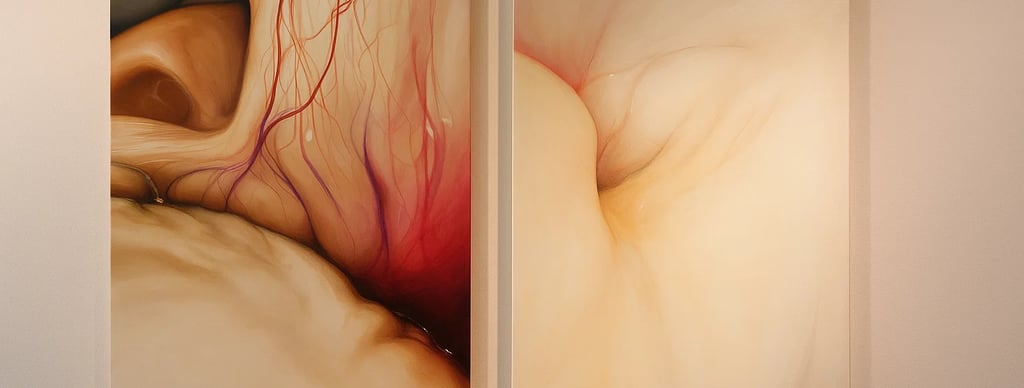

What Kind of Art Are We Talking About?
Think conceptual, political, provocative, playful, sardonic, serious, a little weird, and sometimes eerily beautiful.
Expect to be confused—and delighted.
Expect to argue with yourself on the way out.
ZETA’s featured artists have explored:
The tension between Albanian national identity and globalization
Post-traumatic memory from the communist dictatorship
The refugee and diaspora experience
Climate anxiety and ecological art
Gender norms, queer representation, and body politics
Surveillance, digital culture, and algorithmic aesthetics
And sometimes, it's just art that defies theme and exists for its own strange, shimmering sake.
ZETA and the Wider World
ZETA isn’t working in a vacuum. It collaborates with institutions and artists across Europe and beyond—Berlin, Istanbul, Brussels, Stockholm, Rome, Belgrade, Pristina, Skopje, and more.
It has received funding and support from:
The Swiss Arts Council Pro Helvetia
Goethe-Institut
European Cultural Foundation
Swedish Embassy in Tirana
Various EU cultural programs
ZETA doesn’t just bring the world to Tirana—it sends Tirana into the world. Artists who began here have gone on to exhibit in Venice, Berlin Biennale, Manifesta, and Documenta.
